Archaeologists in Bad Füssing, a town in Bavaria’s Passau district, have uncovered a story far larger than the routine rescue excavation they expected in 2021. What at first seemed like a standard early medieval cemetery soon turned out to be a very rare window into life, conflict, and movement along the Inn Valley when Roman authority was fading from the region.
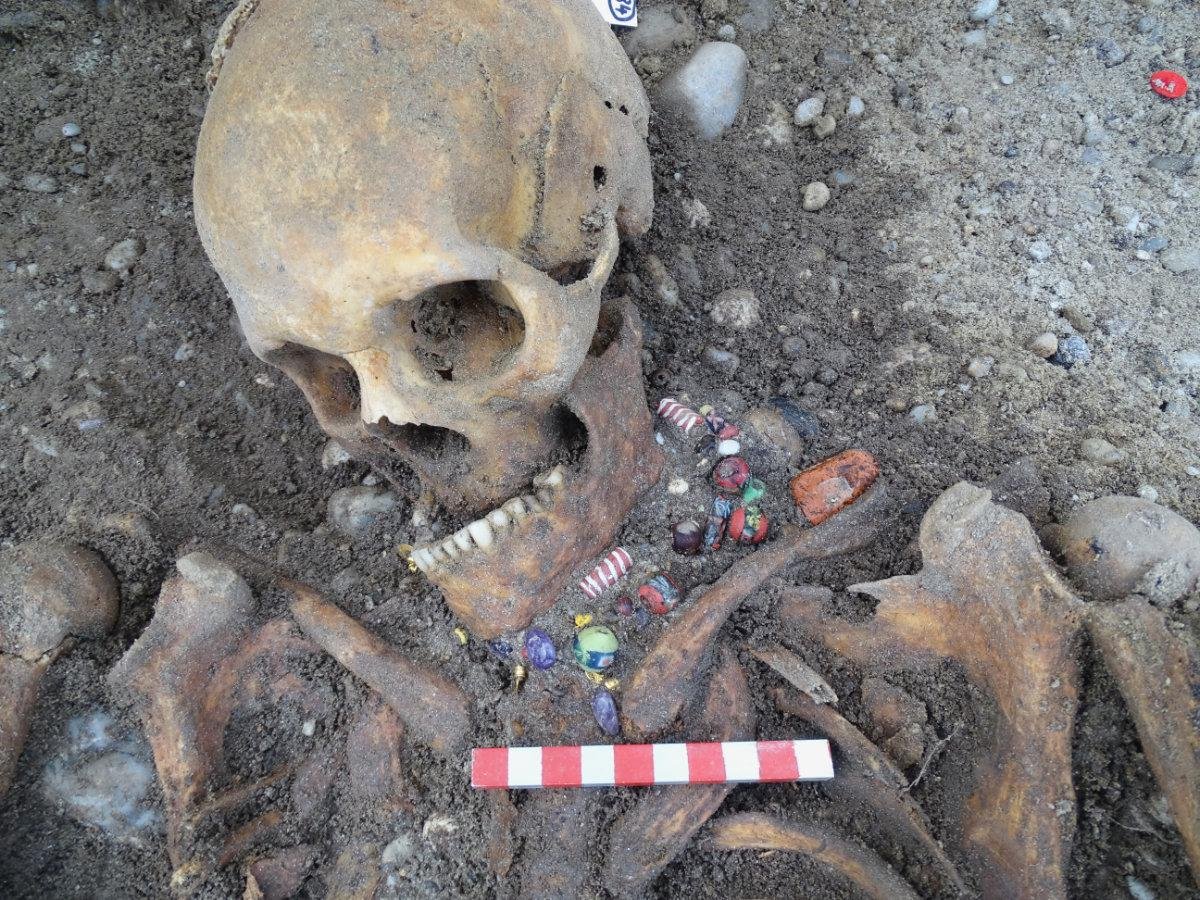
The team initially dated the newly discovered burial ground—around 90 graves in total—to the 6th and 7th centuries CE, the era traditionally associated with the rise of the early Bavarians. One burial instantly drew attention: a richly furnished grave belonging to a woman whose array of jewelry and costly accessories led researchers to nickname her the “Bavarian princess.” Her restored grave goods, including fine metalwork and imported materials, reflect the prestige enjoyed by certain individuals during this period.
Yet the deeper the archaeologists looked, the more the narrative shifted. Several burials nearby contained objects that simply did not match the expected timeframe. Glass beakers with pointed bases, early ceramic vessels, and older styles of garment clasps suggested a horizon well before the time of the so-called princess. To settle the question, researchers carried out radiocarbon dating on sixteen graves selected for closer study. The results overturned the initial assumption: the cemetery was already in use by the middle of the 5th century, about 120 years earlier than the cemetery’s most famous burial.

This finding dates the earliest activity on the site to a time when the Inn region was still connected to the remnants of Roman administration, well before written sources mention the Bavarians. What the finds seem to show is that other groups, almost certainly non-Roman communities living across what is today a border zone, had already established a presence, burying their dead and interacting in this landscape as Roman power dissolved. The overlapping layers in the cemetery attest to continuity, migration, and cultural mixing rather than to an abrupt historical break.
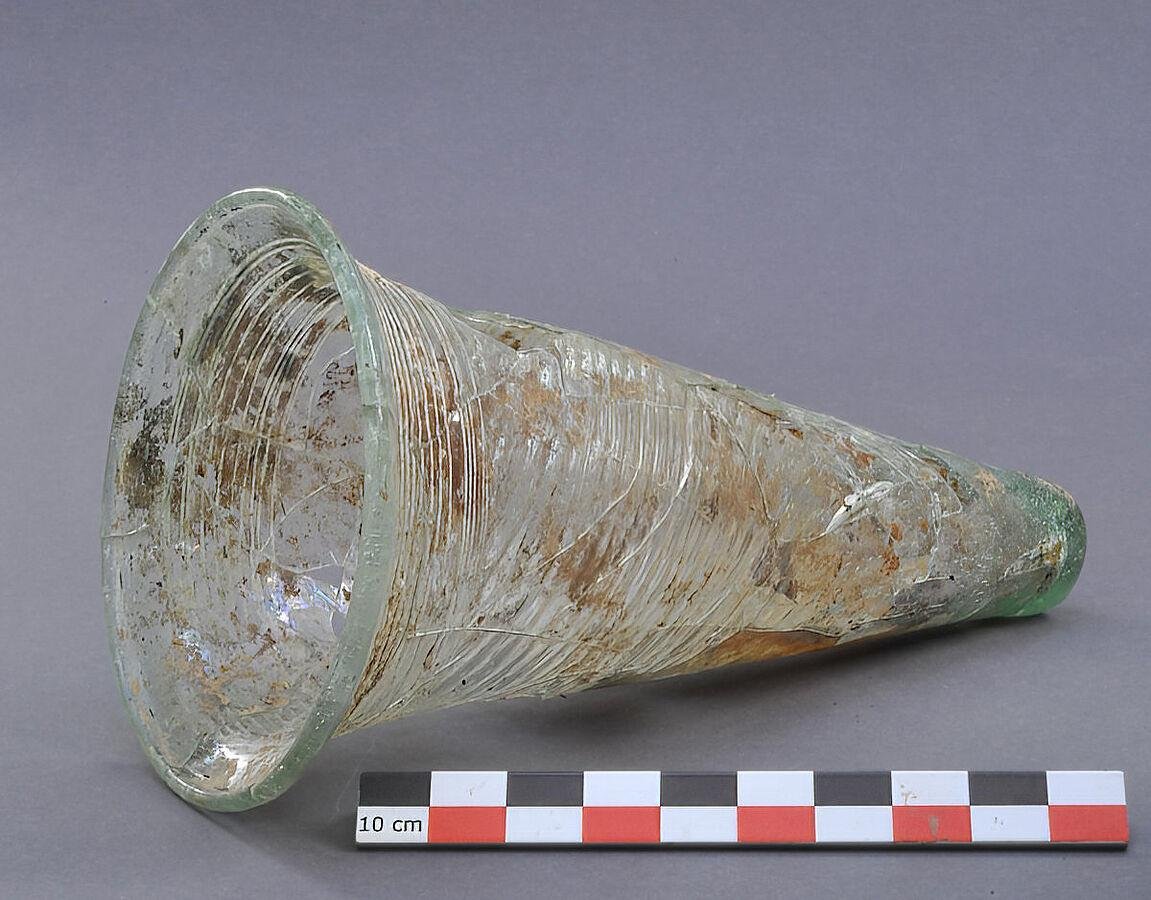
Anthropological studies have added another dimension, particularly for the mid-5th-century phase often associated with the “Severin Horizon,” a period marked by the last flickers of Roman order in the Eastern Alps. The turbulence of the times is well illustrated by one male skeleton: he clearly had spent much of his life on horseback—his thigh bones show the characteristic wear of an experienced rider, and a riding spur was buried with him. But his injuries show that he died violently: a sword blow to the leg, followed by two sharp strikes to the skull, which had not begun to heal. The sequence implies a dramatic encounter—a mounted fighter hit while on his horse, thrown to the ground, and then finished off in close combat.
In their entirety, the finds from Bad Füssing document more than the lives of individuals. Instead, they help fill the historical gap that has long separated the end of Roman provincial structures from the establishment of early medieval communities along the Inn. The graves reveal a region in transition, influenced by migration, shifting identities, and episodes of conflict.
More information: Bavarian State Office for the Preservation of Historical Monuments



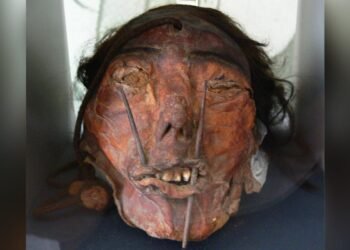
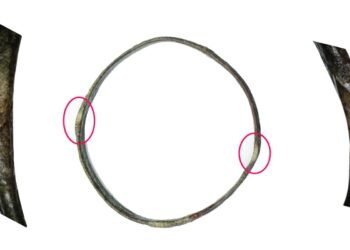
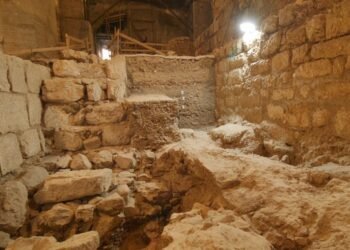
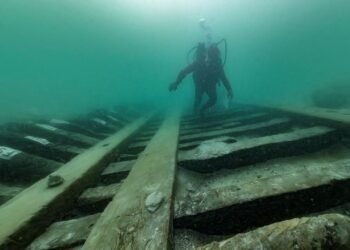
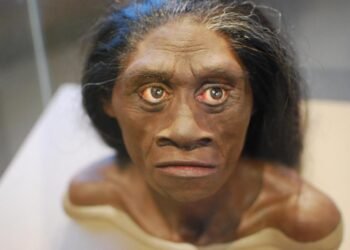
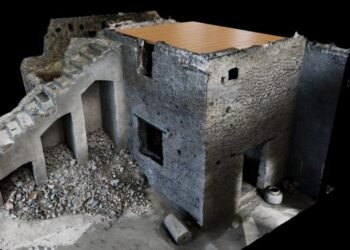















Comments 0